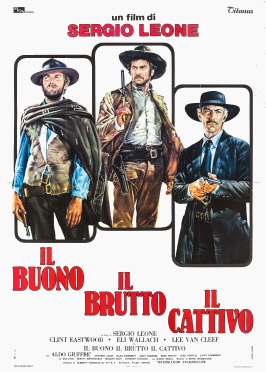 |
| Eli Wallach and Robert Keith in The Lineupw |
The Lineup is a police procedural based on a popular radio and TV series that centers on uncovering a drug-smuggling ring that uses unwitting tourists to bring in heroin concealed in works of art and toys sold to them in Asian countries. The title seems to be a bid to draw in viewers of the TV show: The one lineup in the film is incidental to the procedural part of the story, which is really the less interesting part of the movie. Actors Warner Anderson and Marshall Reed play the detectives in charge of things with the stiff "just the facts, ma'am" manner characteristic of cop shows of the day, but things only begin to get interesting when we meet the villains. Eli Wallach gets top billing as Dancer, a twitchy psychopath under the guidance of the more cerebral Julian (Robert Keith), who doesn't like to get his hands dirty and has never shot a gun, but collects people's last words, reported to him by Dancer. They're joined by Sandy McLain (Richard Jaeckel), the driver supplied to them by the head of the operation, known as The Man (Vaughn Taylor). Sandy is an alcoholic -- Julian refers to him as a "dipsomaniac" -- who keeps a pint handy in his suit pocket, but knows how to drive a car fast through San Francisco streets. And it's those streets that perhaps supply the most interest in the film today, with fascinating location shots including some now-vanished landmarks: the Embarcadero Freeway, which was never finished and was torn down after the 1989 Loma Prieta earthquake, and the Sutro Baths, a museum and ice-skating rink that was destroyed by an arsonist's fire in 1966. Hal Mohr's camera and Don Siegel's direction make the most of these and other settings. Sometimes the settings seem to drive the plot: There's not much reason to have one of the victimized tourists be an administrator of the San Francisco Opera other than to have a scene shot in the handsome lobby of the Opera House, and Dancer and Julian have a hideout in Daly City that affords a sweeping view of the San Francisco airport and the bay beyond. Still, The Lineup is a swift-moving entertainment with a lot of action and suspense.
